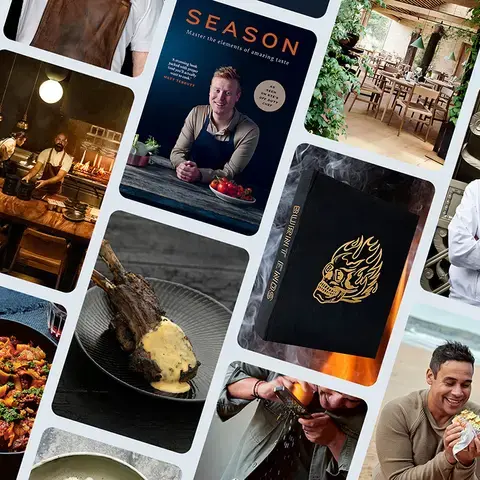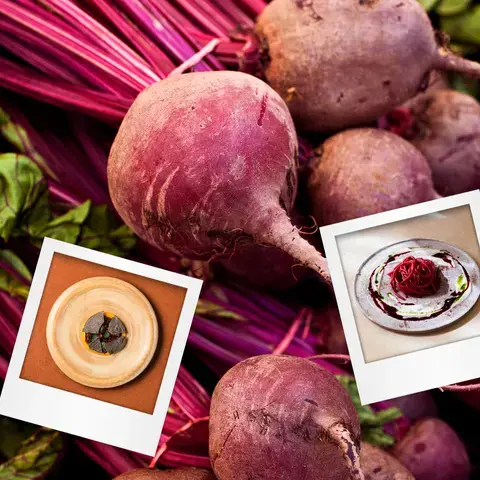The Michelin Guide announced its edition for the Nordic countries 2020 with a stunning two-star entry for Rasmus Munk’s Alchemist.
Alchemist, the Copenhagen restaurant opened just seven months ago to rave reviews and some confusion. Munk is doing something there that many chefs aim to do, yet so few actually achieve and that’s create something truly unique.
On receiving the news of Alchemist’s two Michelin stars, Munk said: “Considering that we are a new restaurant with no previous record of stars in the guide I hardly dared to hope for even one, so two is truly mind-blowing”.
Munk labels his style of cooking “Holistic Cuisine”, where gastronomy plays the central part but is enhanced by art, drama, music, sensory stimulation and visual technology.
“An evening at Alchemist is something completely different from dining at a traditional restaurant. I knew very well when we opened that we risked being excluded from guides such as Michelin since the experience is so different. I am very grateful that the guide has recognized that a fine dining experience can be approached in new and less traditional ways.”
Alchemist has been widely recognised as being at the vanguard of gastronomy and it is one of the hardest reservations around, with over 10,000 people on the waiting list.
“I am very proud and humbled by all the recognition and attention we have received, most of all because it helps me access a greater audience. What keeps me going as a chef is the possibility to influence people – my ultimate goal is to change the world through gastronomy. At Alchemist we have the opportunity to transport our guests out of their ordinary world and into a dimension outside time and space. That’s a really good place to start a conversation”, said Munk.
Here’s a look at some of the dishes that shook the world of gastronomy and garnered Alchemist two Michelin stars after just seven months.






























